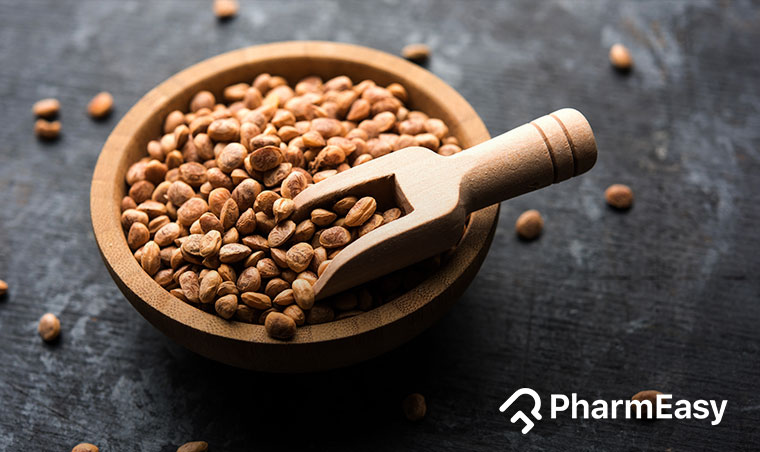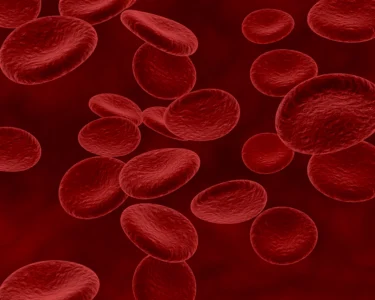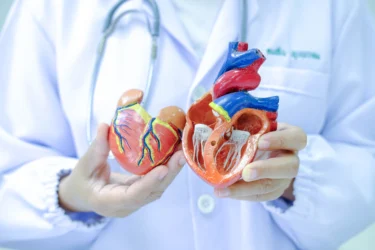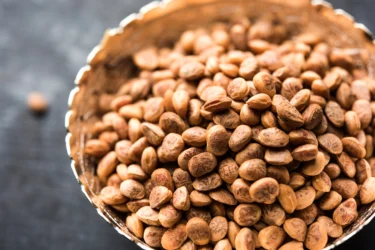Chironji (Charoli): Uses, Benefits, Precautions, Side Effects & More!
By Dr Siddharth Gupta +2 more

Get,

to manage your symptom
Get your,


4 Cr+ families
benefitted

OTP sent to 9988776655



You’ve successfully subscribed to receive
doctor-approved tips on
Whatsapp

Get ready to feel your best.

Hi There,
Download the PharmEasy App now!!


Register to Avail the Offer
Send OTPBy continuing, you agree with our Privacy Policy and Terms and Conditions

Hi There,
Sign up on PharmEasy now!!
Trusted by 4 crore+ families

OTP sent to 9988776655



You have unlocked 25% off on medicines




Code: NU25
By Dr Siddharth Gupta +2 more
Table of Contents
Most people know Chironji as an ingredient used for dressing the various sweet dishes cooked in their kitchen on special occasions. As it replaces the almonds, it is also called ‘cuddapah almond’. It is also known as chironji tree, almondette, calumpong nut, cheronjee or hamilton mombin.
The fruit of the chironji tree bears a single edible seed, which is known as Chironji. The tree has leathery leaves with a blunt tip and rounded base, often identified by its crocodile bark with a red blaze1.

It is a wild plant growing in the forests of north, central, and western India, mainly in the states of Rajasthan, Gujarat, Madhya Pradesh, Bihar, Orissa, Jharkhand, Chhattisgarh, Andhra Pradesh and Maharashtra. Almost all the parts of the tree are used in some or the other forms. Fruits are eaten raw they taste a bit like sweet grapes2.
Did you know?
Chironji tastes pleasant, slightly acidic, and almost comparable to almonds3. Chironji is a valuable source of protein and fat with a relatively lower calories count4. Below is the nutritional content in chironji (per single unit of the kernel)4:
Various parts of the chironji tree may have properties such as:
In my practice, I have observed that it is worth considering the use of the methanolic extract of chironji leaves as a potential therapeutic agent for inflammatory conditions. The extract has shown significant anti-inflammatory activity, comparable to that of aspirin9.
Dr. Siddharth Gupta, B.A.M.S, M.D (Ayu)

Diarrhoea is a disease in which pitta dosha in the body is imbalanced, followed by Vata. The roots of the chironji plant may have a constipating property. The ethanolic extract of the powder of the roots may reduce the faecal output. It may also reduce the number of episodes of diarrhoea. In Ayurveda, it might balance the Pitta and Vata dosha, hence curing diarrhoea5,6. However, more studies are needed to further validate these benefits of chironji.

The juice extracted from the seeds (methanolic extracts) of the charoli tree may have some effect on blood production from the bone marrow. It may thus, increase the red blood cell and white blood cell count, packed cell volume and the haemoglobin concentration of the blood. Therefore, it might be useful in treating anaemia7. You must consult a doctor for treatment of anaemia.

Acne, pimples or uneven skin tone are basically caused by the lack of moisture in the facial skin. Chironji seeds may have high a quantity of oils and fats, which function as a good moisturising agent. The oil can be applied locally to treat acne, pimples, and blemishes on the face. The chironji oil may be used to reduce the itching and redness in various skin diseases6.
Dandruff, a major problem of the hair, is caused by the dryness of the scalp. The dried skin of the scalp comes out in the form of flakes, which then causes itching and redness of the skin. Chironji oil may provide moisture (lipid and fats) essential for the scalp, which, when applied to the scalp, may provide moisture and nutrients to the scalp and the hair.
Chironji oil may balance the Pita and Vata dosh and treat dandruff, itching, and redness of the scalp. It is also mentioned in the literature that the priyala (Chironji) oil may help with grey hair6. Wounds ulcers may be caused due to the increase of Pitta dosh in the body. Leaves of the chironji tree may be pitta shamak (decrease the pitta dosh). The tree leaves are air-dried and then powdered to make a paste. The paste is applied to the skin that may benefit the wounds, cuts, ulcers, skin disorders6,8,9. You must consult a qualified dermatologist before trying any herb for its benefits for the skin.

In Charak Samhita, it’s mentioned that the charonji seeds may help as a cardiac tonic and may be beneficial for the heart as they balance Vata and Pita Dosha6. Heart conditions are serious and must be diagnosed and treated by a doctor. Therefore, kindly consult a doctor.

Chironji is very nutritious as it is rich in proteins and dietary fibre and low in calories. Due to this property of the plant, it may help with strength to the body, relieves tiredness, and improves immunity. The methanolic properties of chironji may be found to be protective against stress-causing factors5. You must consult a doctor for stress-related problems.

Chironji seeds are power-packed with proteins, vitamins and oils. Also, they are low in calories. Due to this property of chironji seeds, they may be included in the diet chart of people with obesity (a disorder in which a person has excessive body fat).
The digestion of the seed takes time as it is guru (heavy), as per the literature. Thus, it may keep one fuller for a longer time and aids in weight loss6,9. You must consult a nutritionist before making any changes in your diet.

Research has been conducted on animals in whom the methanol extracts of chironji seeds were administered. Administration of the methanol extracts of Chironji produced antidiabetic, antihyperlipidemic and antioxidant effects in the test animals.
Thus, it can be inferred that it may also have the some effect on humans. Further research on humans is required, which may help the physicians to recommend Chironji leaves as a medicine for diabetes10. Diabetes is a condition that is serious and must be diagnosed and treated by a doctor therefore kindly consult a doctor.

Fruits of the chironji tree are eaten raw in some tribal states of India. The fruits, when taken orally, may have a coolant effect, thus relieving thirst and helping to maintain good oral hygiene.
Fruits are laxatives (substances that help empty the bowels) in nature. They may be helpful to reduce fever. The fruit is even beneficial in relieving burning sensations in the eyes, cough, and fever due to its cooling properties6.
Though there are studies that show the benefits of chironji in various conditions, but these are insufficient and there is a need for further studies to establish the true extent of the benefits of chironji on human health.
Over the years, I have observed that the extract of the seeds may have positive effects on memory. It appears to reduce transfer latency and increase step-down latency, indicating improved memory acquisition and retention. Additionally, it seems to reduce the activity of acetylcholine esterase, an enzyme associated with memory function9.
Dr. Rajeev Singh, BAMS
According to Ayurvedic literature, Priyala balances the Vata and Pitta Dosha in the body. It is combined with other ingredients to form the following three formulations as mentioned in the ayurvedic literature:
Various parts of Chironji can be used:
You must consult a qualified doctor before taking any herbal supplements. Do not discontinue or replace an ongoing treatment of modern medicine with an ayurvedic herbal preparation without consulting a qualified doctor.
In my practice, I have come across information suggesting that the chironji may have anti-snake venom activity. The extracts derived from its fruits and bark may be used for the management of snake bites.
Dr. Smita Barode, B.A.M.S, M.S.
Before using chironji or other herbal remedies, you need to talk to your healthcare provider about its possible side effects and limitations. It will help you avoid unwanted side effects.
Also Read: Simhanada Guggulu: Uses, Benefits and Side Effects By Dr. Rajeev Singh
Also Read: Karisalankanni (False Daisy): Uses, Benefits, Side Effects, and More!
There is no known interaction between the chironji kernel/seeds and other products or medicines.
However, research on animals has shown it to be antidiabetic, anti-hyperlipidaemic and antioxidant. Thus, if one takes any medicine for diabetes, they should take the chironji seeds in lesser quantities10.
Also Read: Karonda (Black Currant): Uses, Benefits, Side Effects, and More By Dr. Rajeev Singh
Chironji fruit is harvested in early summers from April to May. The outer skin of the fruit turns black when it is ripe. The fruit is then de-skinned, and seed is extracted from it. The seed’s outer covering is removed to get a kernel that is eaten raw, or it can be roasted to enhance the flavours. It may be used as an alternative to various dry fruits in different sweets12. Your Ayurvedic physician will prescribe you the form and dose as per your requirement.
The oil extracted from kernels is applied to skin diseases. It is also used to remove spots and blemishes from the face5. You must consult your dermatologist before applying anything on your skin.
The chironji tree has a single seed-bearing fruit, which is known as chironji seed3.
We can eat chironji during pregnancy with precautions. It is very nutritious and gives strength to the mother and the foetus11.
Yes, we can eat chironji raw, or it can be roasted to enhance the flavours4.
Leaves of the chironji tree are dried and then crushed to make a powder13.
Yes, chironji oil is applied on the face to treat blemishes and spots on the skin6.
Yes, chironji is a power food packed with proteins, vitamins, and oils. It is very low on calories. Thus, it is keto-friendly5.
Chironji is incredibly good for health. It may help the body by strengthening and boosting immunity. It has an anti-anaemic effect (due to the direct influence on blood production) and may act as a supertonic but you must follow instructions and guidance given by your doctor4,7.
Disclaimer: The information provided here is for educational/awareness purposes only and is not intended to be a substitute for medical treatment by a healthcare professional and should not be relied upon to diagnose or treat any medical condition. The reader should consult a registered medical practitioner to determine the appropriateness of the information and before consuming any medication. PharmEasy does not provide any guarantee or warranty (express or implied) regarding the accuracy, adequacy, completeness, legality, reliability or usefulness of the information; and disclaims any liability arising thereof.
Links and product recommendations in the information provided here are advertisements of third-party products available on the website. PharmEasy does not make any representation on the accuracy or suitability of such products/services. Advertisements do not influence the editorial decisions or content. The information in this blog is subject to change without notice. The authors and administrators reserve the right to modify, add, or remove content without notification. It is your responsibility to review this disclaimer regularly for any changes.
Comments

Leave your comment...
You may also like
Comments